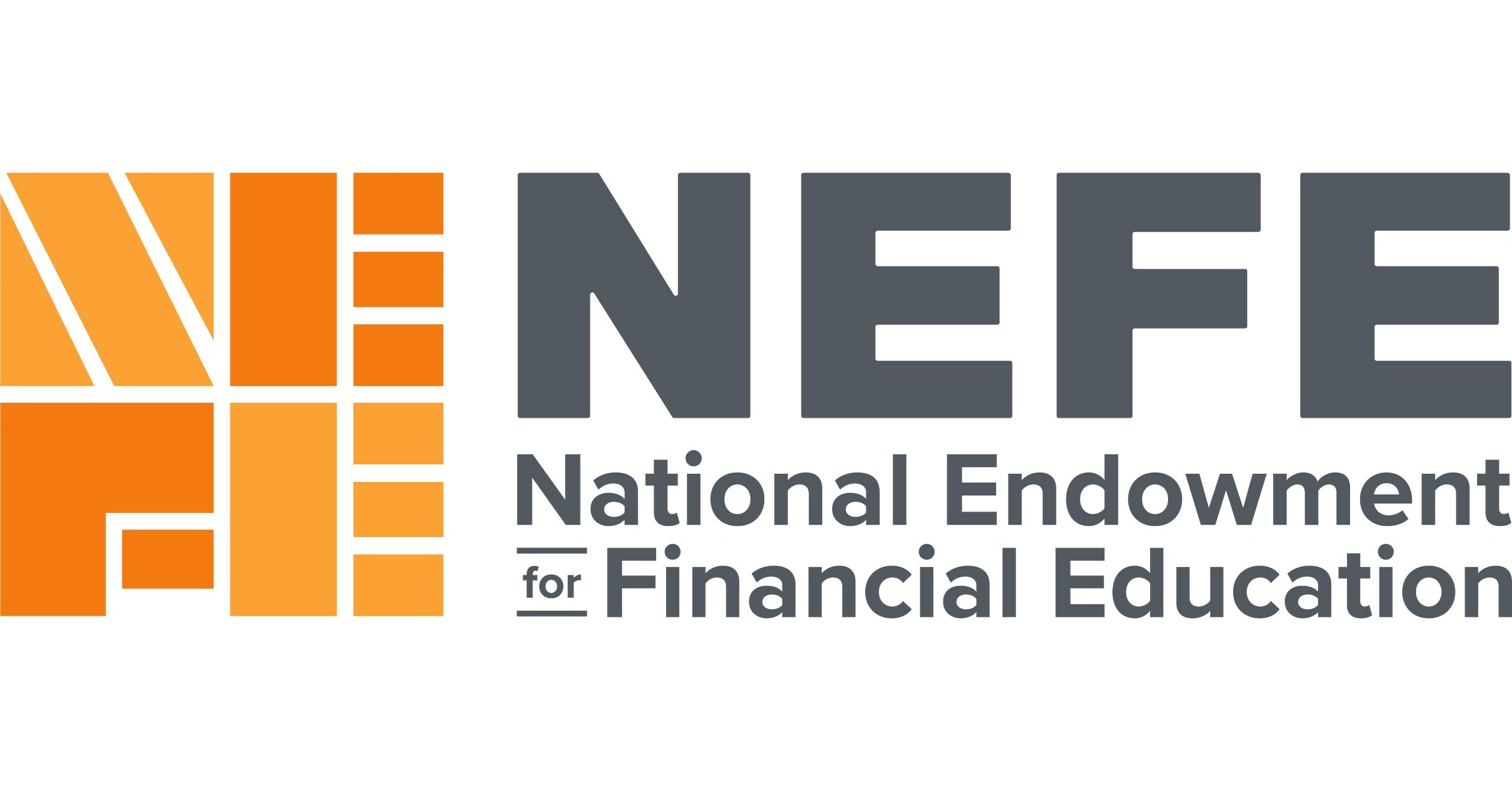STUDENT VOICE: Victoria students feeling financial crunch of higher education

Statistics Canada has found that on average, 51% of bachelor’s degree recipients graduate with student debt
Everything seems to be getting more expensive; the costs of housing, food, gas, and essentially everything else are creeping up. Yet, for post-secondary students, high tuition and related educational costs are yet another financial hurdle to consider.
Aside from the exorbitant tuition found at many institutions, students are charged at nearly every step on their educational path, often facing inflated costs for goods and services on campus, such as food, school supplies, and parking. It’s not uncommon to spend upwards of $100 for a digital textbook access – only valid for 180 days.
“It’s discouraging students from seeking higher education, or continuing their academic careers”, says Julianna Steinbring, a third-year science student at the University of Victoria. She notes the many additional costs on top of tuition, materials, and student fees. “My main qualm,” she says, “is with the prices of food on campus. There really aren’t many budget options for students.”
But evidence of the financial struggle goes beyond just anecdotal. Studies show costs of tuition are on the rise, at times outpacing general inflation. The increases have been highest in Alberta, where average undergraduate tuition has leapt 32% since 2020.
Such costs carry long-term consequences for graduates. Statistics Canada has found that on average, 51% of bachelor’s degree recipients graduate with student debt. This financial weight burdens students for years, sometimes even decades, following graduation, and hinders their ability to advance financially, delaying important purchases such as a first home.
These heightened costs and long-term financial implications have many reconsidering post-secondary education’s return on investment. Per a recent Ipsos survey, 40% of Canadians say they’re unsure if higher education is worth the cost.
Governments are taking note of the issue. In 2024, the Ontario provincial government invested nearly $1.3 billion to “stabilize colleges and universities,” extending its tuition fee freeze for publicly assisted post-secondary institutions.
But for many, it’s too little, too late. Steinbring says many of the students she’s spoken with “have no real hope of owning a home in the future, or have ongoing fears of student debt. It’s disheartening to see intelligent minds weighed down, and not seeing their full potential due to these fears and frustrations.”
Kilian Jungen is a Stelly’s Secondary grad who now attends the University of Victoria.
link





